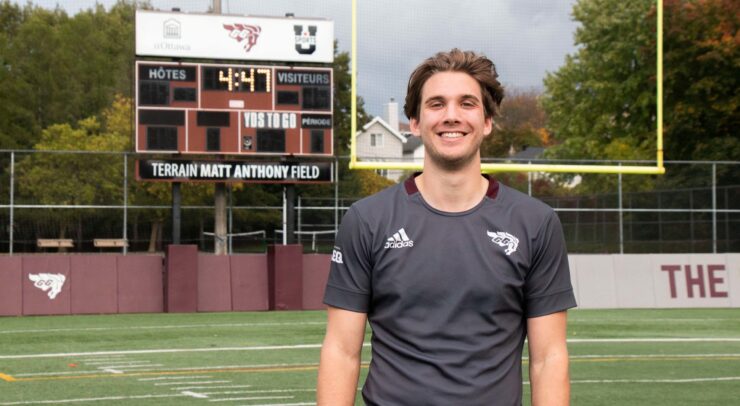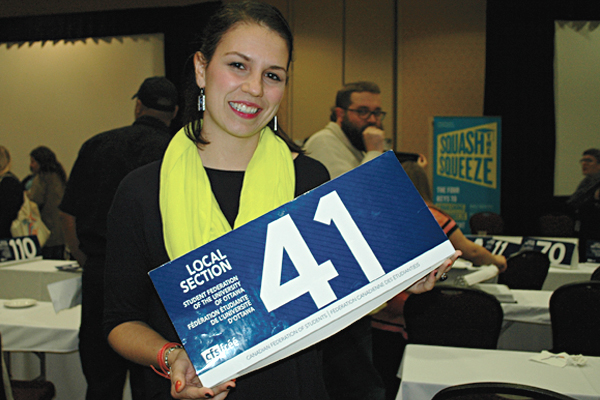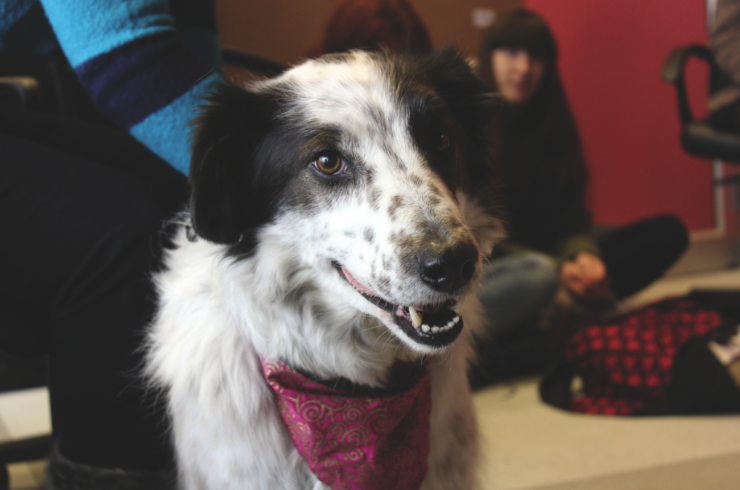Some looking forward return to normal learning while others concerned university is being too idealistic
The University of Ottawa sent out an email to students in February reaffirming their intent to re-open campus. This includes allowing 30-50 per cent of courses to be offered in person or with a hybrid learning format for the fall 2021 semester.
Sent by Jill Scott, the U of O’s provost and vice-president, academic affairs, the email said the remainder of current classes would be offered online. She added that the university would be following all public health guidelines as they move towards reopening.
Additionally, the email alluded to the university’s plans for a hybrid learning format in the fall.
“To achieve our goals, we are equipping all our classrooms with educational technology that will allow for simultaneous in-person and videoconferencing teaching,” read the email.
Carson Baker, a second-year international development and economics student, was initially excited about the news, but after further consideration he became hesitant to the idea.
“We don’t know what life is going to be like come September and no one knows if it will be safe to bring students back for this hybrid learning style,” wrote Baker in an email.
Additionally, he believes the university’s aspirations for the fall semester are too idealistic and that they are moving too quickly with the idea of reopening. Baker assumes that most students would love to return to campus, but feels he would be uncomfortable being in lectures with people for such a long time. One suggestion to change that feeling would be if all students were vaccinated.
“If it were a requirement for students to be vaccinated to be in the classroom, I may feel more comfortable with it,” he said.
Laura Bradbury, a fourth-year political science student, believes that the U of O is purposely providing less information on its plan in order to avoid back-tracking in the future. However, Bradbury believes this is causing unnecessary stress for students who are already dealing with financial stress and mental health issues.
“At first glance, this email sounded encouraging; at second glance, it sounded performative,” wrote Bradbury in an email.
Additionally, Bradbury believes the university is not taking into consideration the situations of international students and those who will not be able to find or afford living near campus.
“There are so many variables that, in my opinion, can be explained with careful words but were avoided entirely in these emails.”
Bradbury said that the vagueness of the email left several unanswered questions.
It is still unclear which departments and classes will have priority for in-person learning. It is also unclear what accommodations will be in place for those who are unable to be in Ottawa in September.
Furthermore, he ponders on students’ ability to opt-in to virtual learning without providing proof of necessity and if learning expectations will differ.
There also remains the blatant question of what the winter 2022 semester will look like?
For its part, the U of O assures students that the answers to those details will be made to respect all possible safety measures which may still be in place.
“We appreciate that many details must still be ironed out but our intent is to maximize the level of our activities while respecting the safety measures in place at the time,” read a statement sent by the U of O’s manager of media relations, Isabelle Mailloux-Pulkinghorn.
“Faculties and services are currently working on assessing the opportunities and building plans for a safe, progressive, return on campus.”
The statement continued to state that more details will be coming out in the weeks to follow.
The University of Ottawa Students’ Union (UOSU) sent a statement to the Fulcrum providing support to the U of O’s plan to re-open campus in the fall. However, they also share the concerns of many students who feel unsafe about the plan.
“We must ensure that every single student who does not feel safe returning to campus can fully pursue their studies virtually, with obvious exceptions,” read the statement.
The UOSU went on to say they look forward to working with their union partners and the U of O to address this issue together.
On the other hand, some U of O students are more excited about the possibility and are looking forward to the university’s plan.
Isabelle Gibson, a second-year conflict studies and human rights student, believes a return to campus and in person learning is a good idea given the difficulty many students have experienced with the switch to virtual learning.
“Online learning, I think, has been a struggle and a learning curve for everyone involved, students and professors alike, and it will be really good to get back into a classroom environment,” wrote Gibson in an email.
Additionally, she believes the addition of new technologies in the classroom would be beneficial, as long as professors and staff receive the necessary training on how to use it so that students studying remotely do not suffer.
“The university needs to ensure that nobody is left behind in this transition to in-person learning,” she said.
However, Gibson does agree with others who have claimed that the email was a bit vague, specifically in regards to better residence options and in-person services. Gibson also noted that the 30-50 per cent return rate would allow the U of O to adapt if a public health issue occurs and allow them to follow guidelines if needed.
“If the university actually plans things out accordingly and are transparent about what they are planning/doing, the slow transition back to in-person should go smoothly, at least in my opinion,” she said.





